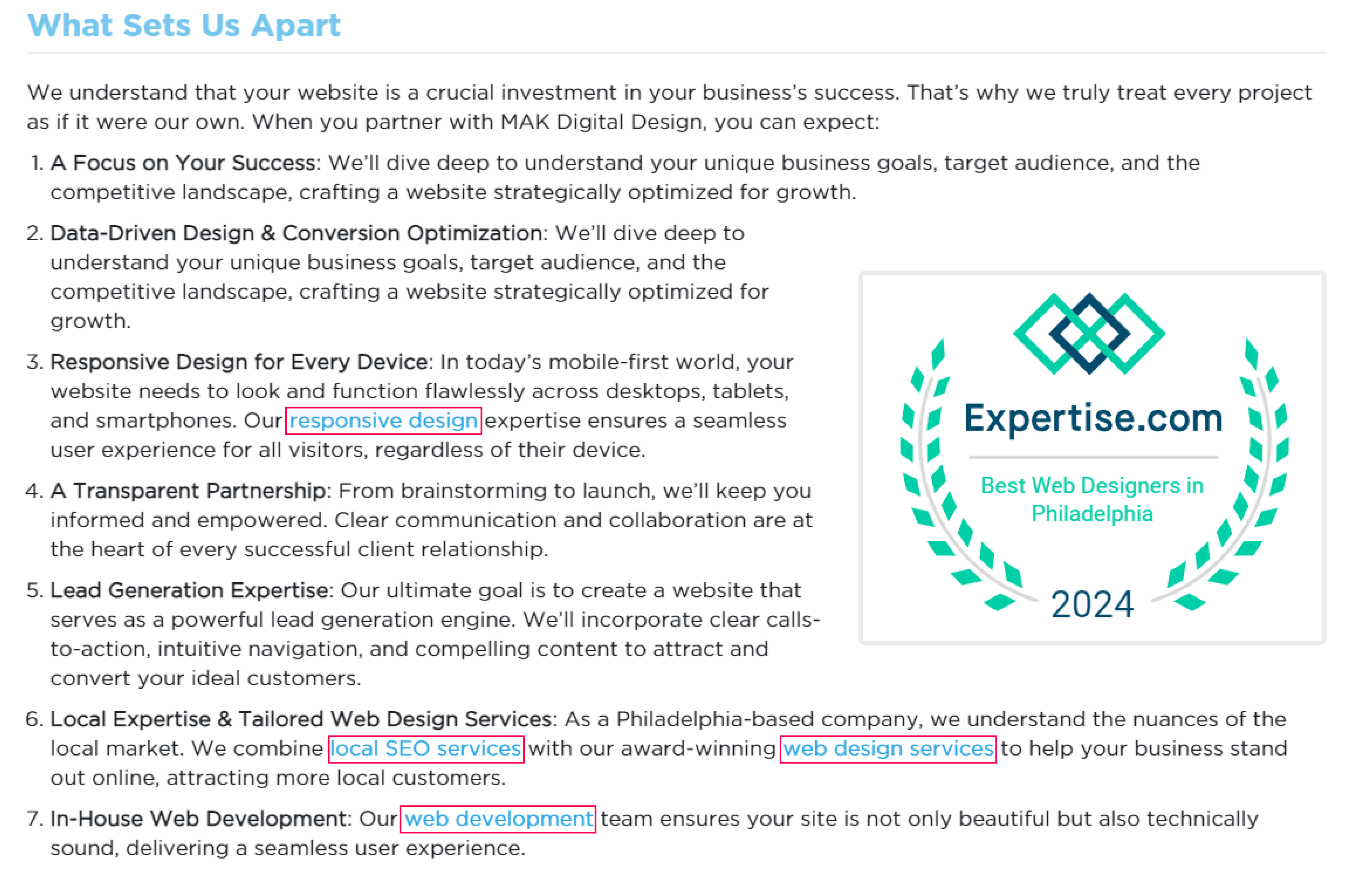
At MAK Digital, we recognized early on in our journey as an eCommerce SEO agency that accurately diagnosing issues before proposing solutions is paramount. We take pride in our precision and unwavering attention to detail. Misguided SEO strategies can result in significant losses in traffic and revenue. Conversely, well-executed strategies have the power to drive substantial growth. Nowhere is this more evident than in the fiercely competitive and ever-evolving landscape of eCommerce. With Google’s algorithms in constant flux, conducting a thorough and precise SEO site audit becomes indispensable to maintaining the visibility and competitiveness of your online store. In this guide, we’ll outline an efficient and effective eCommerce SEO site audit process that you can complete in 60 minutes or less, providing a solid foundation for your search engine marketing efforts.
SEO Site Audit Framework
Ensuring Google Can Find Your Site
The first step is to verify that Google can find your eCommerce site. This involves:
- XML Sitemap: Make sure your XML sitemap is up-to-date and submitted to Google Search Console. This helps search engines understand the structure of your website.
- Google Search Console Verification: Verify your domain with Google Search Console to gain insights into how Google views your site. Focus on elements such as Title, Snippet, Sitelinks, and Product Rich Snippet.
- Structured Data: Implement schema markup to provide search engines with detailed information about your site’s content, enhancing your search visibility.
- Internal Linking: Ensure a robust internal linking strategy to help Google crawl your site more efficiently and improve user navigation.
 Example of interlinking on a MAK Digital blog post.
Example of interlinking on a MAK Digital blog post.Ensuring Google Can Crawl Your Site
Once Google can find your site, ensure it can crawl your pages efficiently:
- Technical Issues: Use the Crawl Error report in Google Search Console to identify and fix any issues preventing Google from crawling your site.
- Site Speed: Optimize your site’s speed to ensure a fast, smooth experience for both users and search engine bots.
Ensuring Google Can Index Your Site
Indexing is essential for your pages to appear in search results:
- Index Status: Ensure that keywords are strategically placed in title tags, meta descriptions, headers, and content.
- Content Keywords Report: Analyze this report to ensure Google correctly understands your site’s content. Unexpected keywords may indicate issues such as hacking or on-page SEO problems.
Ensuring Google Can Rank Your Site
Finally, make sure your site is optimized for ranking:
- On-Page SEO Factors: Regularly check the Index report in Google Search Console to monitor the pages that Google has indexed.
- Keyword Placement: Ensure that keywords are strategically placed in title tags, meta descriptions, headers, and content.
 Example of Keyword Placement
Example of Keyword PlacementOn-Page SEO Site Audit Checklist
- Set Up Tracking and Measurement Tools: Implement Google Analytics and Google Search Console to track and measure your site’s organic search traffic and engagement.
- Keyword Selection: Use tools like Google Keyword Planner to identify relevant keywords with high search volume and low competition, focusing on those directly related to your products and business
- Unique Page Titles: Craft unique, descriptive page titles (70 characters or less) for each page, incorporating your top keywords, especially for your homepage and category pages.
- Unique Meta Descriptions: Write unique meta descriptions for each page (150 characters or less) to attract clicks from search results.
- Blocking Unnecessary Pages: Use robots.txt to block pages that should not be indexed, such as checkout pages and internal search results.
- Breadcrumb Navigation: Implement breadcrumb navigation to enhance user experience and SEO. Breadcrumbs help users and search engines understand the structure of your site.
- Content Sufficiency: Ensure each page has at least 250 words of unique content to improve keyword saturation and avoid duplicate content issues.
- Handling Out-of-Stock Products: Keep out-of-stock product pages live with notifications and restock alerts. Redirect permanently out-of-stock products to similar items to retain page value.
- Informational Content: Create content targeting informational keywords, such as “how-to” guides and FAQs, to capture search traffic and improve user engagement
- Keyword-Rich URLs: Incorporate relevant keywords into your URLs, especially for category and subcategory pages, to improve SEO.
- Product Reviews: Include product reviews on your pages to enhance content and use structured data to enable rich snippets in search results.
- Site Speed: Optimize site speed using tools like Google’s PageSpeed Insights to improve both user experience and SEO.
- Mobile Friendliness: Ensure your site is mobile-friendly, using Google’s Mobile-Friendly Test tool to verify performance on mobile devices.
- Internal Site Search Optimization: Analyze internal search terms in Google Analytics and optimize for common queries to improve search usability.
- Canonical Tags for Filtered Views: Use canonical tags to avoid duplicate content issues with filtered category pages.
Example < link rel="canonical" href="https://www.example.com/preferred-url/" />
Conclusion
Conducting a thorough SEO site audit and following an on-page SEO checklist are essential steps in optimizing your eCommerce site for better search engine performance and user experience. Regular audits and updates help maintain visibility in a constantly evolving SEO landscape. By focusing on these strategies, you can enhance your site’s search engine ranking and drive more organic traffic to your online store.
Ready to elevate your eCommerce SEO? Begin with this audit to boost your site’s visibility and performance in search results.
Eashan is an SEO wizard who turns search rankings into success stories. With a knack for data-driven strategies and creative optimization, he helps businesses shine online. From crafting compelling content to mastering algorithms, he's your go-to for growing visibility and driving results. When not analyzing keywords, you’ll find him exploring trends to keep clients ahead in the digital race.

 Eashan Mehta
Eashan Mehta

